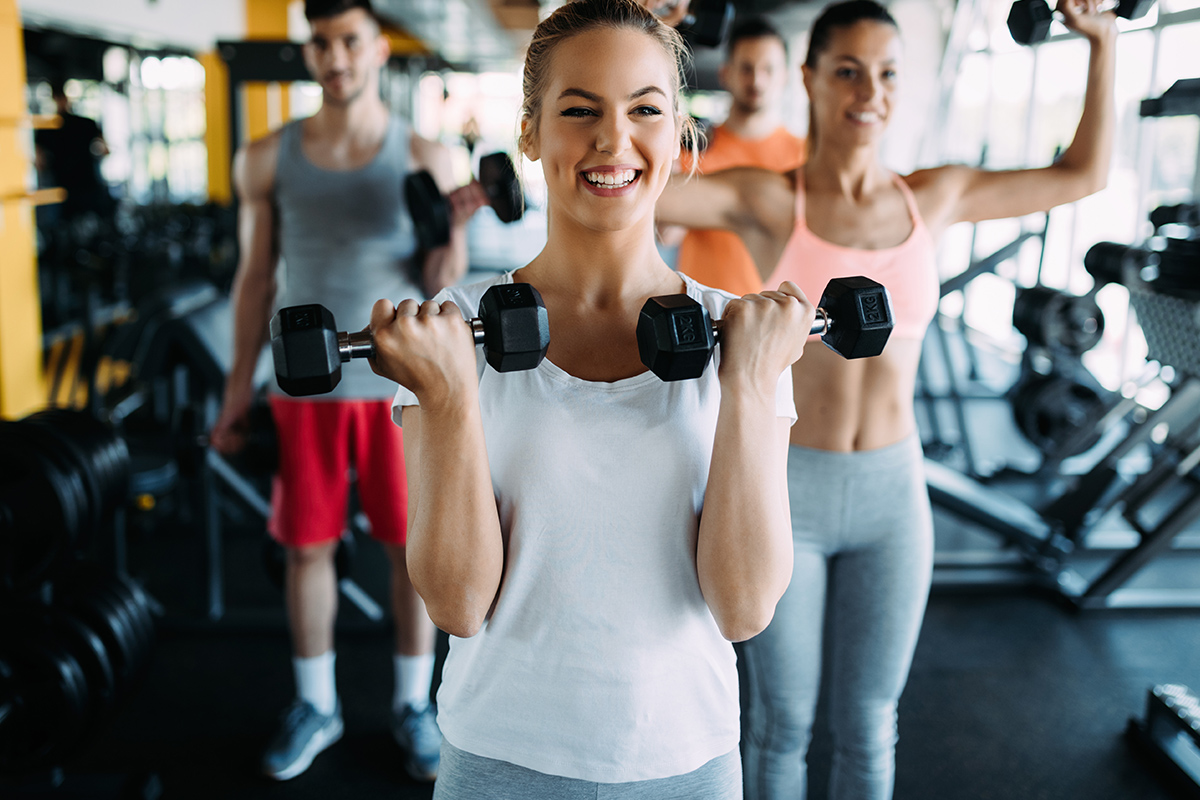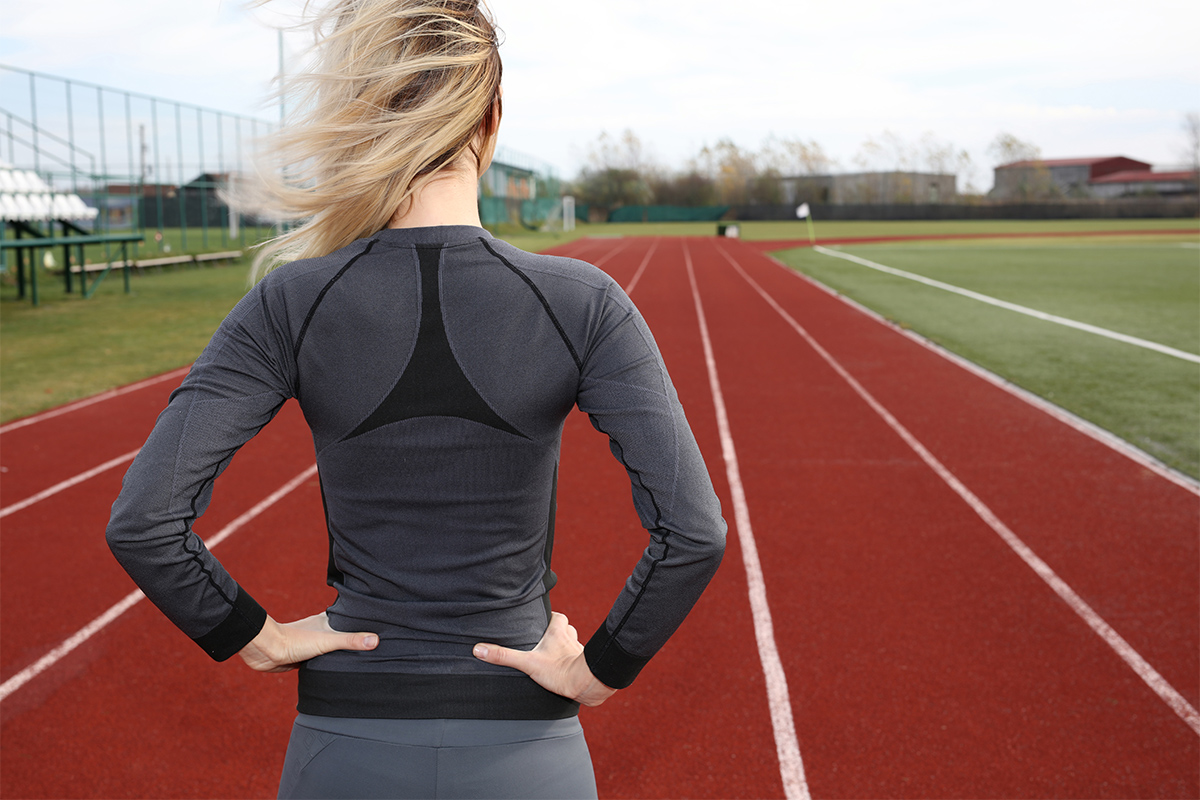
How to Build the Illusion of Broad Shoulders
After seeing it on every male model and superhero, you want that tapered V-shape, the one that draws attention to well-built shoulders, strong pectorals, pronounced lats, and a slim waist. Regardless of your natural body type, it is possible to achieve the look (or at least come close) if you work on certain muscles. Now, while healthy bodies are the best bodies, we know that a lot of people are working towards a specific aesthetic. If you’re aiming for that V-shape, we’re spilling the secrets to how it’s done.
The Inverted Triangle
You might think that just because you naturally have narrow shoulders, you will never be able to achieve that inverted triangle body shape. We’re here to tell you, you’re wrong!
The V-shaped physique has more to do with the muscles you work than it has to do with your natural build. There are men out there with a bit of an advantage because of their bone structure. All that really means is that they don’t have to work as hard to attain the V-shape, but they still have to work for it.
Workouts to Shred a V-Shaped Torso
As you may have gleaned from the first paragraph, training certain upper-body muscle groups will help you achieve this look. Specifically: your traps, shoulders, pectorals, and even your lats. The goal is to build those muscles up and trim your waist down. This is what gives the illusion of broad shoulders even if you’re born with a narrow build.
Here are some workouts that are no illusion. They’ll train you hard and help you build a powerful body that isn’t just about the aesthetics.

The Deltoid Muscle
The deltoid is a muscle that is commonly referred to in 3 parts: the front, the back, and the sides. To get a uniform look, you’ll need to do different exercises that target all three, or compound exercises that target multiple sections at once.

Lateral Raises
Lateral Raises work the lateral deltoids, or the sides of the deltoid. These muscles really push your shoulder circumference out as they grow.
To do a lateral raise, choose a slightly lighter set of dumbbells that is not difficult for you to hold. From a standing position, and with your elbows slightly bent, raise the weights up from your sides and up to shoulder height, then lower them back down. The important thing is to do this movement with control. Don’t let gravity assist you! Do the movement slowly to get the most out of the exercise.

Arnold Press
The Arnold Press will target your anterior (front) deltoids. It looks something like a regular shoulder press but there is a rotation involved that asks for a little bit more from your shoulders.
From a seated position, raise your dumbbells to your chest with your palms facing you. This is your starting position for the move. Next, raise the dumbbells up until your arms are straight. As you do this, rotate your palms so that they are facing away from you by the time they reach the top of the move. Complete the press by lowering and rotating the weights to their original position.

Bent Over Reverse Fly
This one is for the posterior (back) deltoids. It’s very much like the lateral raises except you’ll be bending at the hip.
Hold your weights and stand with your knees slightly bent. Bend at the hip while keeping your back flat. Your torso should be like a solid board on your body; there should be no slouching or slumping when you bend. Keeping a slight bend in your elbows, lift both of your arms out to the side and act as if you’re trying to squeeze your shoulder blades together. Then, lower the weights back to their starting position.

The Trapezius Muscle
Now let’s work the traps. Big traps will give you a more rounded look and beef up your neck too.

Shrugs
Shrugs are a great exercise to target this muscle, not to mention the technique is very simple. Hold a dumbbell in each hand or hold a single barbell. Simply shrug your shoulders to move the weight a few inches up and down.

Chest Muscles
The Bench Press is perfect for targeting your chest muscles. Throw in an incline and now you’re asking the upper part of your chest to do more work. This is what gets your pecs to look more pronounced.

Incline Bench Press
With your hands gripping the bar about shoulder width apart, and your palms facing away from you, lift the bar from the rack and hold it with your arms fully extended. In a smooth and controlled movement, bring the bar down to your chest and slowly push it back up to its starting position. You can also do this exercise with dumbbells.

Latissimus Dorsi Muscle
Get your lats into gear with the bent over row. As you can see by the diagram, the latissimus dorsi naturally taper in width. It makes sense that bulking up your lats can give you a broader appearance up top which easily adds to the V-shape you’re going for.

Bent Over Row
There are a couple of different ways to perform this exercise, but we’ll focus on the single-arm row. Use a flat bench to support your knee and your hand on one side. The leg on the floor should be straight, as should the arm that’s resting on the bench. Grip a dumbbell with your free hand and fully extend it down towards the ground. This is your starting point. Focus on engaging your lats to pull the weight up to your chest and to lower it back down.
Things to Consider
Though we specify certain muscle groups for each exercise, keep in mind that you’ll still get plenty of overlap in the muscles you engage with each workout. So, while that gives you a more well-rounded workout, you’ll want to be conscious of how you combine the exercises to avoid overusing certain muscles. Always pay attention to pain or discomfort and use good judgment any time you’re moving weights.
For more workout tips and ideas, read our post on the Top 10 Most Popular Exercises and How to Perform Them Properly. Not a fan of free-weights? Crush your shoulder workout with these 5 Cable Exercises. To stay informed, subscribe to our newsletter to receive monthly highlights from the LA Fitness blog!










































